Police revolver training goes back to the 19th century and President Theodore Roosevelt. Before he was the President of the United States, he was President of the New York City Police Commission from 1895 to 1897. When he began that position, New York policemen furnished their own revolvers for duty. Roosevelt was impressed by the .32 Colt New Police revolver and ordered 4,500 to be issued to the New York police. Being dismayed by the lack of proficiency of the officers, Roosevelt instituted a school of pistol practice. He required officers, or “roundsmen,” as they were called, to practice and qualify with their issued revolvers.
Formal police revolver training began to become more common in the 1920s and 1930s, at least for large organizations. The Los Angeles Police Department began marksmanship training for its officers in 1925. Its range facility was comprehensive enough to be the venue for the shooting events of the 1932 Summer Olympics. The LAPD Pistol Team and Los Angeles Sheriff Department Team were well known in the 1930s for their prowess at exhibition shooting.
The Beginnings Of “Real World” Standards
Although bullseye target shooting was still the most common form of revolver practice in those days, the New York State Police took a different approach in 1930. The New York State Police Revolver Course was developed by J. Henry Fitzgerald, Colt’s professional shooter and a former New York State Trooper (and the person responsible for the fabled Fitz Special). It was an evolution of a program that Fitzgerald had created for the Colt company and detailed in a 1926 pamphlet, Colt’s Police Revolver Hand Book. The course was not a qualification but rather a structure for in-service training of troopers. Fitzgerald and the State Police staff went around to the barracks of state troopers and taught the course.
Fitzgerald devoted an entire chapter of his book Shooting to the New York course, an innovative feature for the time was that it used two Colt’s Police Silhouette targets, instead of a single bullseye. There were five different stages, consisting of 50 rounds total. A wide variety of skills were practiced, including shooting with either hand, drawing from a holster and shooting at close range, running to a closer distance while holding the revolver, prone shooting, and shooting at multiple targets.
Enter The FBI
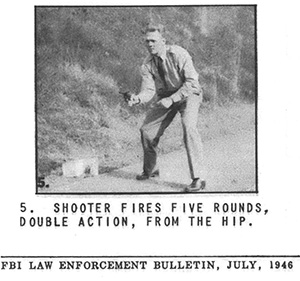
Shooting stances have changed quite a lot over the years.
As a result of its numerous run-with desperados during the Great Depression, the FBI began to evolve its training program. Initially based on U.S. Army pistol qualification, as the Bureau gained experience in gunfighting, it realized it had to do better. FBI Director J. Edgar Hoover wrote an article for the July 1945 issue of The American Rifleman giving an overview of the Bureau’s firearms training program. In 1946, the July, August and September installments of the monthly FBI Law Enforcement Bulletin explained the Practical Pistol Program (PPC) in detail.
 The PPC was a very physical event. After firing 10 rounds from the hip at 7 yards in 25 seconds, agents moved to the 60-yard line and fired from the prone position. They then ran to a barricade firing position at 50 yards and fired from the standing position. Next the agents ran to the 25-yard barricade and fired from the sitting and kneeling positions. The entire course had to be completed in six minutes and 10 seconds, exclusive of the time to move from the 7-yard line to the 60-yard line.
The PPC was a very physical event. After firing 10 rounds from the hip at 7 yards in 25 seconds, agents moved to the 60-yard line and fired from the prone position. They then ran to a barricade firing position at 50 yards and fired from the standing position. Next the agents ran to the 25-yard barricade and fired from the sitting and kneeling positions. The entire course had to be completed in six minutes and 10 seconds, exclusive of the time to move from the 7-yard line to the 60-yard line.
Following its introduction by the FBI, the PPC become a mainstay of police revolver training. It was the most commonly used course of fire for police qualification for decades. As shooters’ prowess became better, measurement of scores needed to become more refined. This led to the development of the B-27 target so commonly in use today.
Putting Agents To The Test
The Bureau also added other innovations to police revolver training in the years immediately after World War II. The use of pneumatically operated, turning targets was pioneered by the FBI. Originally designed for decisional shooting training, turning targets became a faster, more efficient and more accurate way of qualifying large groups of police officers for many larger departments.
To simulate the surprise nature of an actual gunfight, a dueling system of competition between two Agents was developed by the FBI. Two Agents would begin walking forward with their revolvers holstered. A Range Officer in a tower would cause two targets to appear and the Agents would have to draw and shoot their respective targets. The tower had a device to measure who shot and hit their target first. This system was explained in the November 1947 issue of the FBI Law Enforcement Bulletin and showed how far revolver training had advanced in only two decades.
The most important legacy of police revolver training is a commitment to officers having proficiency with their sidearms. Although there are numerous more modern innovations such as decisional simulators in common use now, the ability to hit the target remains a fundamental skill for police and armed citizens. We can thank Teddy Roosevelt, 26th President of the United States, for getting the ball rolling. In his 1893 book The Wilderness Hunter, he wrote “No possible rapidity of fire can atone for habitual carelessness of aim with the first shot.” Wise words that remain true 132 years later.
Read the full article here



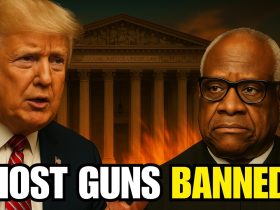
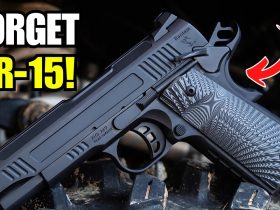
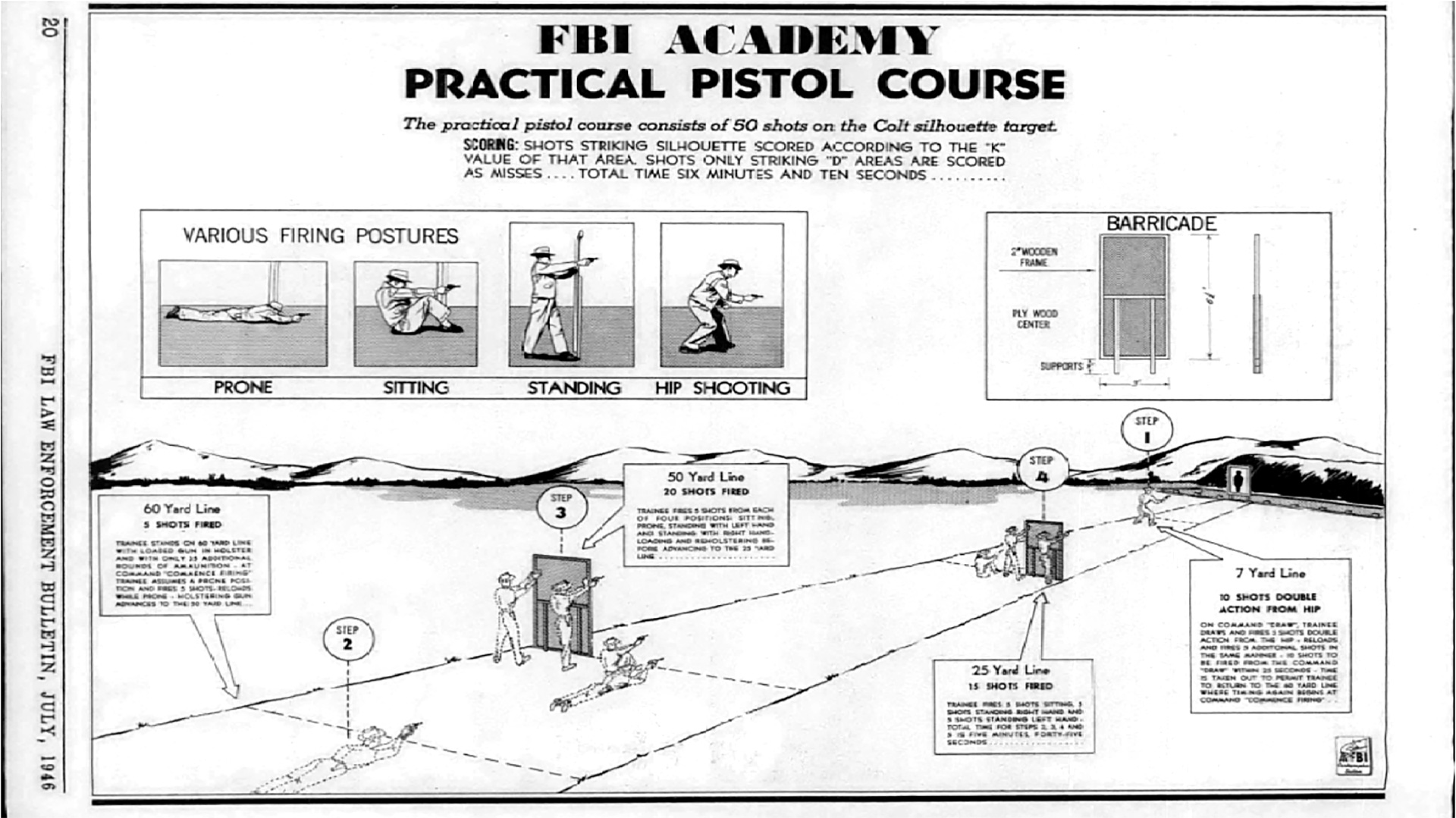

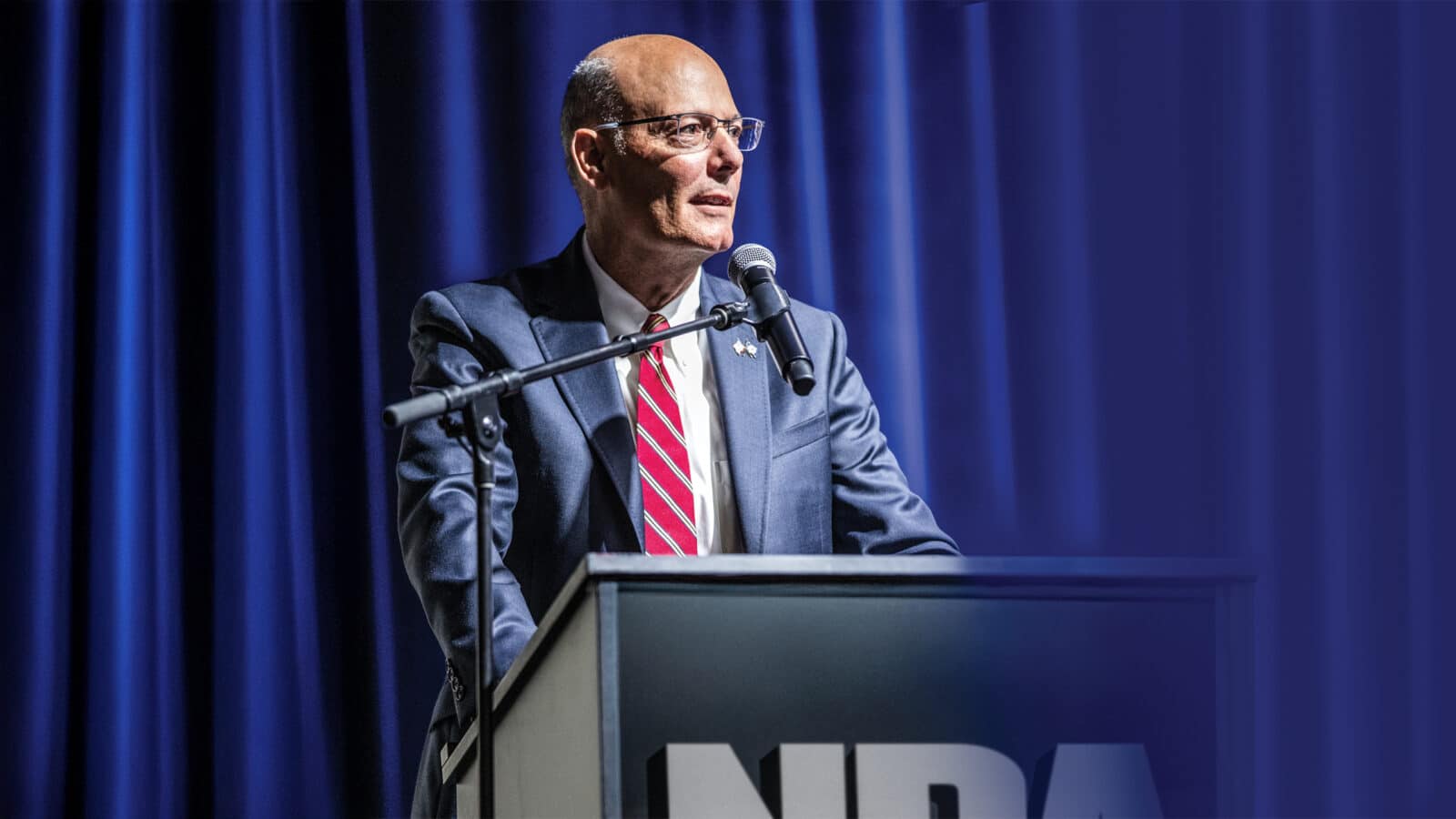
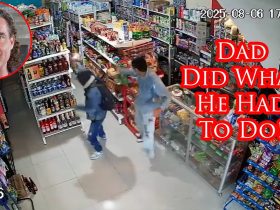

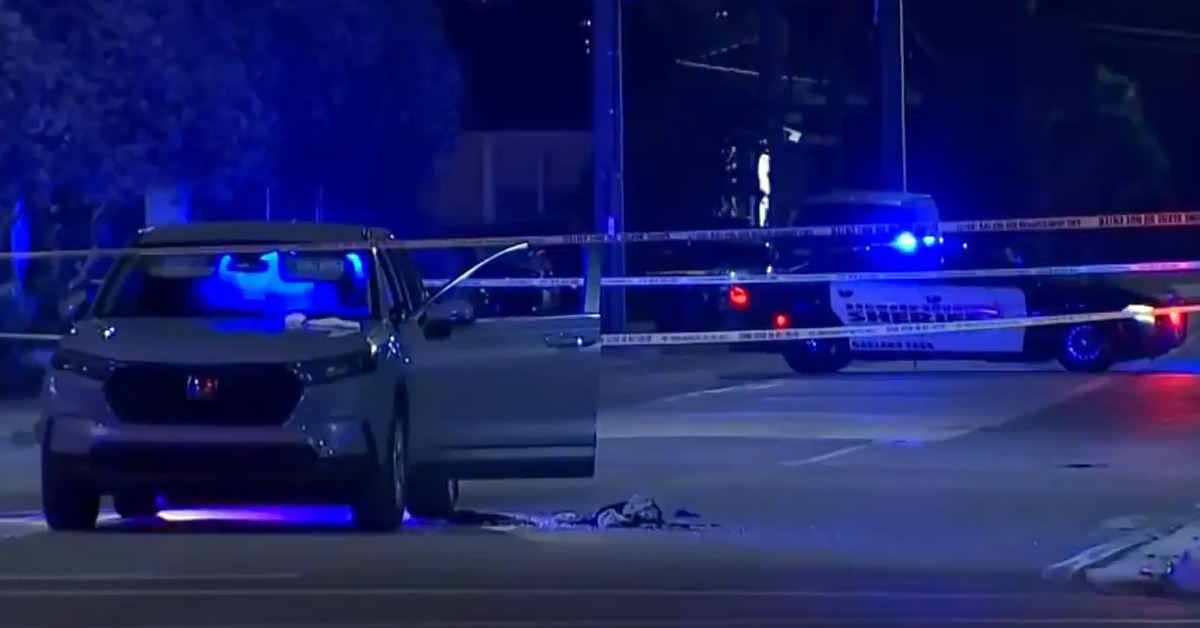
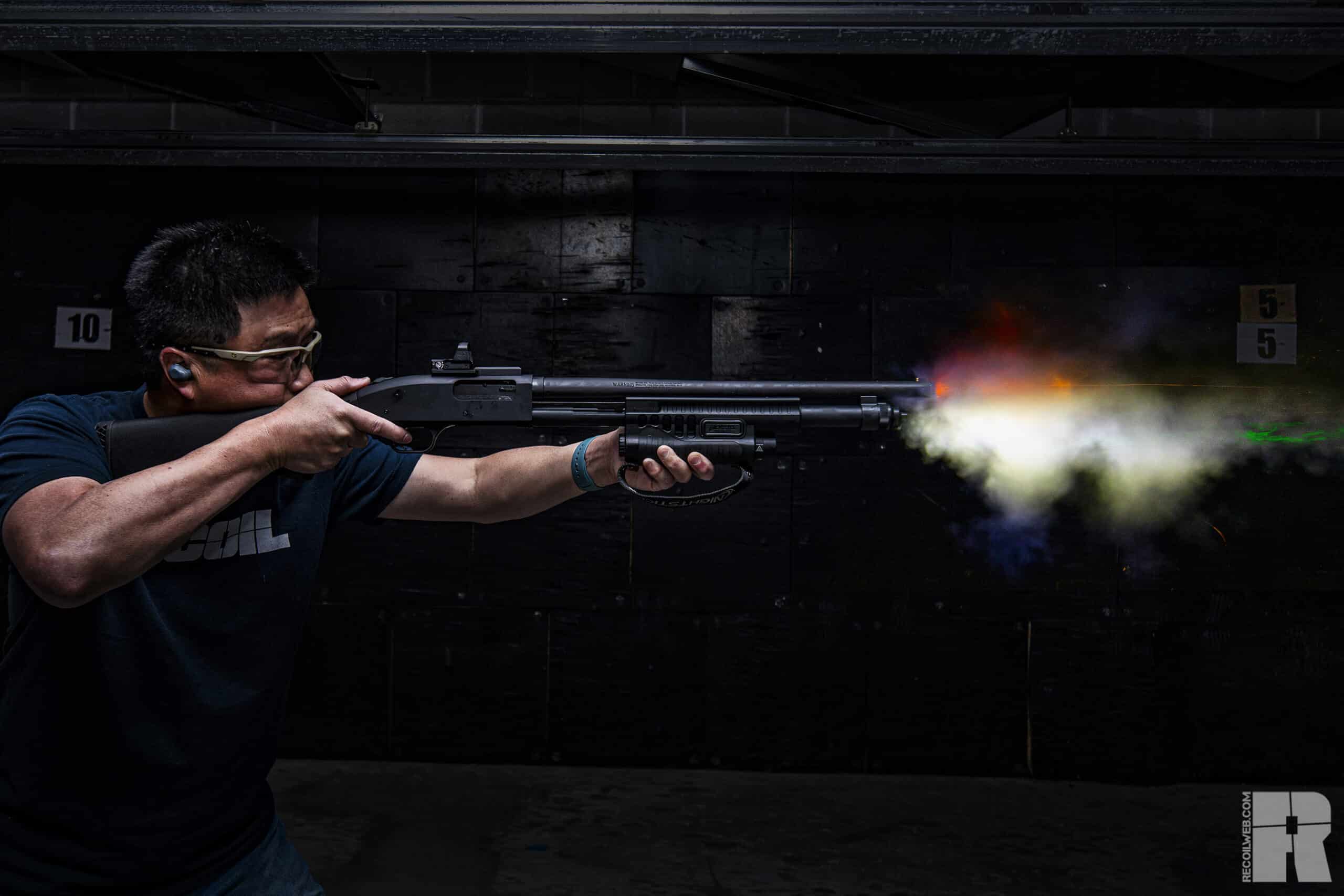

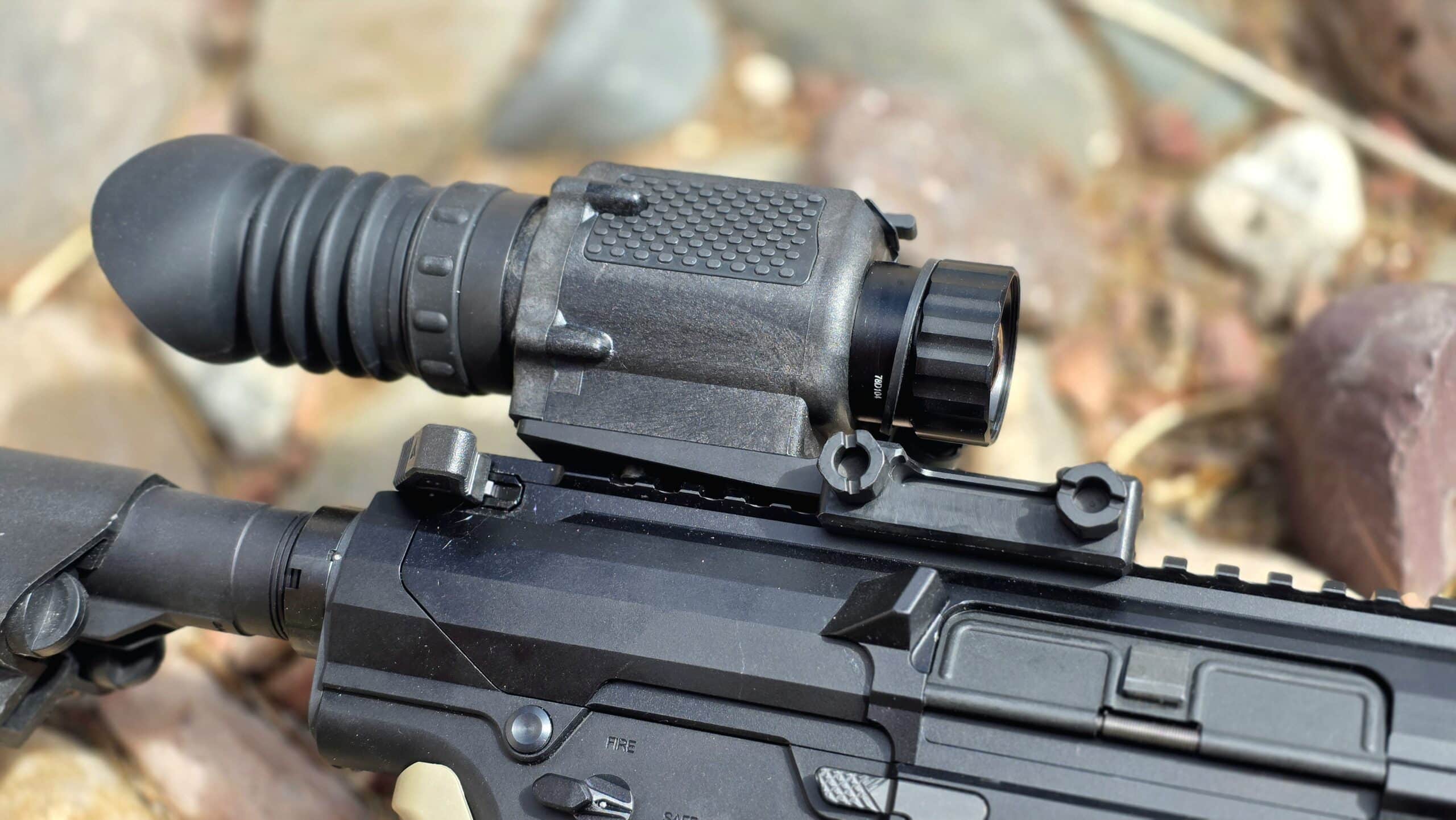
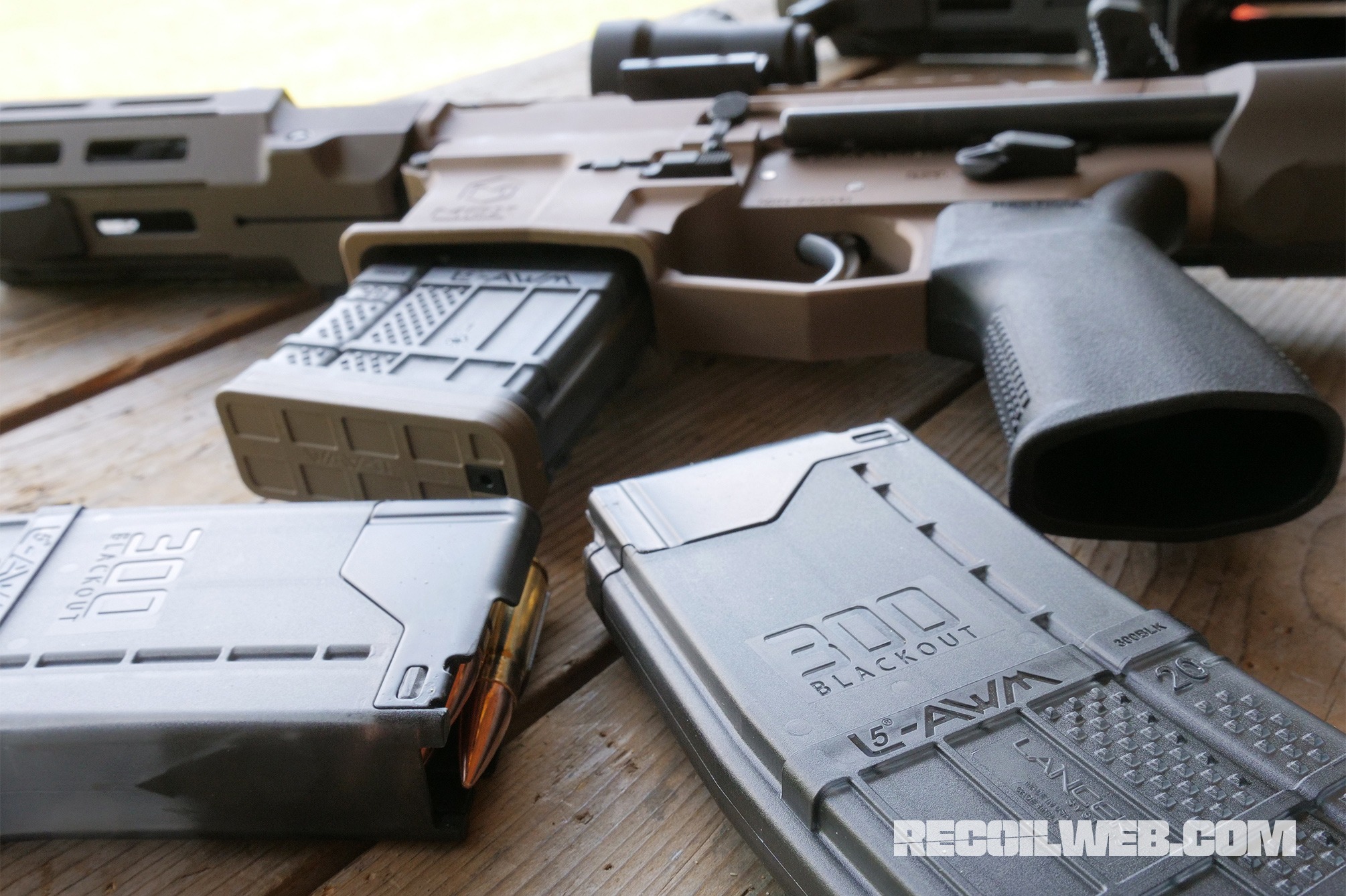
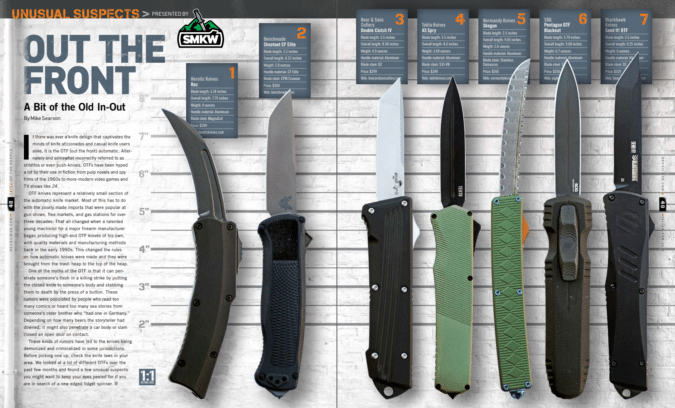
![Wilson Combat Division 77 Project 1 [Hands On] Wilson Combat Division 77 Project 1 [Hands On]](https://www.recoilweb.com/wp-content/uploads/2025/08/Wilson_Division77_01-scaled.jpg)
Leave a Reply